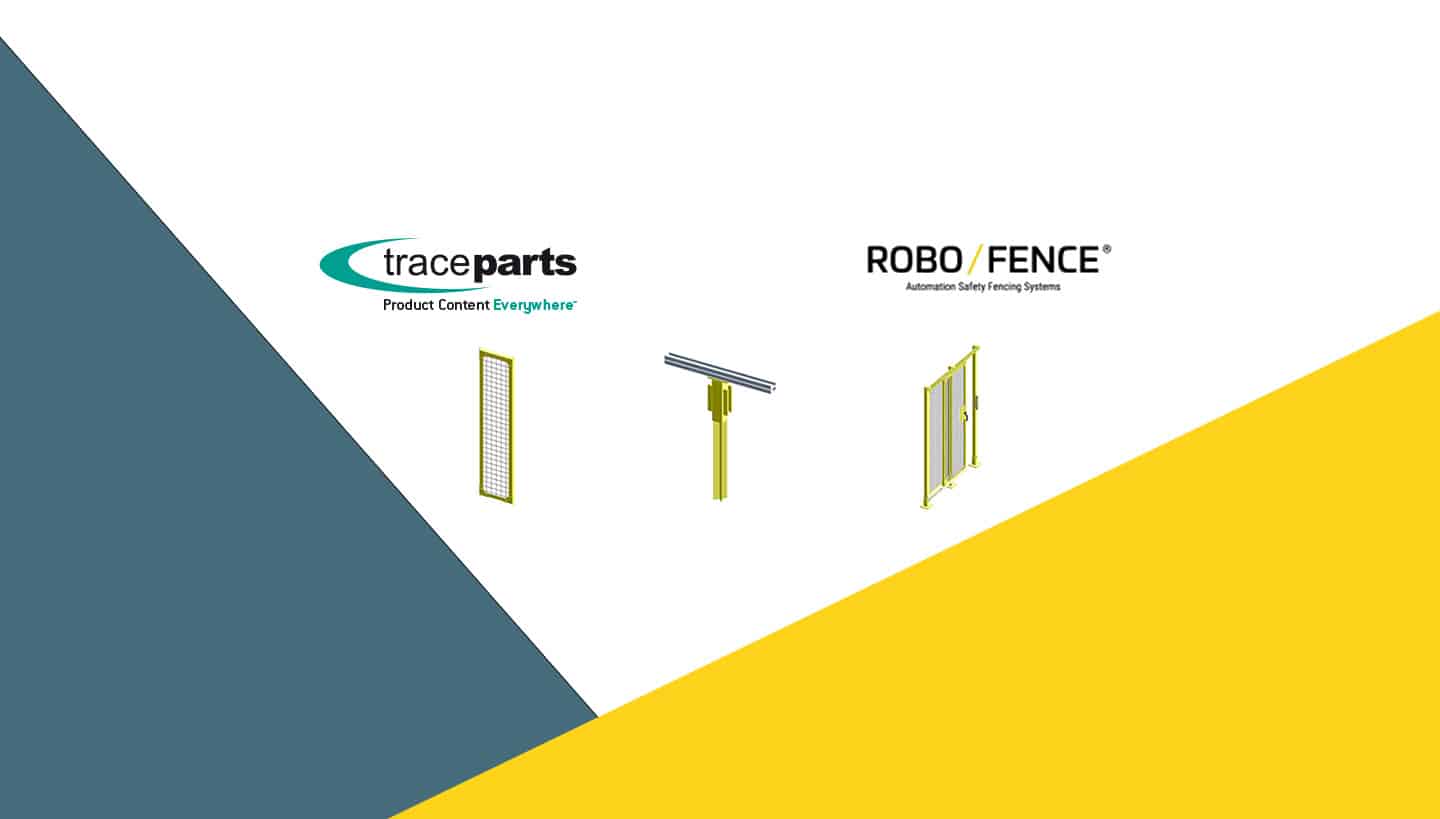All component manufacturers have used paper catalogs for years.
It was the easiest way to reach new potential customers (designers from other companies), to make their products known, and win new orders.
This format has worked for a long time and it is easy to understand why:
- paper is a universal means of communication
- every designer likes to have precise references, and a catalog fitted the bill exactly on this point
- there were no other options available (it’s this way or no way)
Nowadays, things are a bit different.
The benefits of a paper catalog have not disappeared, but the advances made in technology and work processes (based on how designers currently work) have seen more efficient options become widespread in terms of meeting the needs of those involved every day in CAD design non-stop for hours on end.
Make your customers’ lives easier, let them choose
In practice, paper remains a good means of communication and the specifications set out in a paper catalog are precise just the way every designer likes it, but unlike in the past, there are other options available nowadays, which are better from every perspective.
I’m not on some anti-paper crusade, but just making a simple observation about how things are nowadays.
Do 3D catalogs really work?
Accessing a 3D catalog of online products integrated with your own design system means:
- saving time
- completely eliminating the margin for error
- identifying more efficient solutions (quickly identifying the components that will improve the project)
- monitoring in detail the entire work process (and constantly improving it on the basis of the collected data)
- having real data to measure the return on your investment
In a nutshell, on balance, 3D cataloging provides nowadays the best solution for designers’ requirements because the benefits listed are ideally conducive to completing projects successfully.
In practice, anyone who needs to buy their components will find it easier to use an online 3D cataloging system integrated with their work tools than the old paper catalogs.
At this point, I would ask you: where will it be easier to generate new sales?
– Objection your honor, but paper catalogs…
This is followed by a purely subjective case-by-case argument, such as “In my opinion, blah blah blah” or “I don’t use the internet and so, blah blah blah …”
– Dismissed!
Face reality
Dismissed based on the facts, the way of working nowadays, technology, and numbers.
Dismissed based on the failures that see old work tools constantly fail in the desperate race for new customers who no longer do things that way.
What designers and the managers above them in charge of the whole project are looking for nowadays is:
- definite timeframes
- optimization of any procedure
- real-time control of the various phases
- data analysis for accurate error calculation
This is why paper has limitations nowadays.
It isn’t bad or wrong. It’s just that there are systems like 3D catalog systems that offer huge advantages, and this is a fact that you can:
a. Ignore
At your own risk and peril because the actual facts will give you a reality check (no sales, no return investments…).
b. Make the most of to your advantage
Do what the market wants and demands by capitalizing on a double advantage. 1) respond to what your customers are really looking for 2) stay a step ahead of many of your competitors who will persist for a long time in making a personal point of view prevail over the reality of the facts.
You are very well aware too of what designers REALLY want nowadays and what can sway them to choose your components.
So, you’re telling me everything is going to go digital?
Let’s not exaggerate things. This isn’t the death knell for paper, or either for genuine human relations in person, accompanied by a handshake. They are and will remain the life and soul of many solid business relationships. But, in the middle, there is everyday life, work, deadlines, projects, and the world that is becoming more competitive. Paper and handshakes do little for these aspects of business nowadays, so you need to open your eyes and keep up with developments.
This article isn’t actually a commercial promoting the world of digital technology, but a simple reflection that is saying:
Be smart. This is how designers work at the moment and, if you want them to choose your components, this is the horse to back!
I’ve been directly involved with 3D cataloging for more than 10 years. I’m intimately familiar with the mechatronics sector because I’m at the coal face every day, in direct contact with those who produce and design using components. This is without question the perfect time to invest in a scientific, smart method of working by obtaining maximum visibility for your products.


 Deutsch
Deutsch Français
Français Italiano
Italiano Español
Español Português
Português 中文 (中国)
中文 (中国) 日本語
日本語 Русский
Русский



 05/06/2025
05/06/2025  Digital Parts Catalogs, Engineering Resources, TraceParts News
Digital Parts Catalogs, Engineering Resources, TraceParts News 
